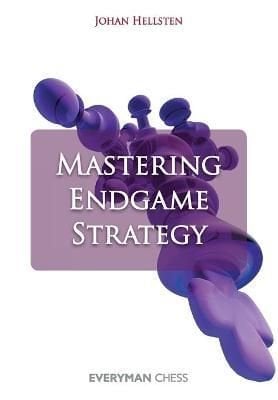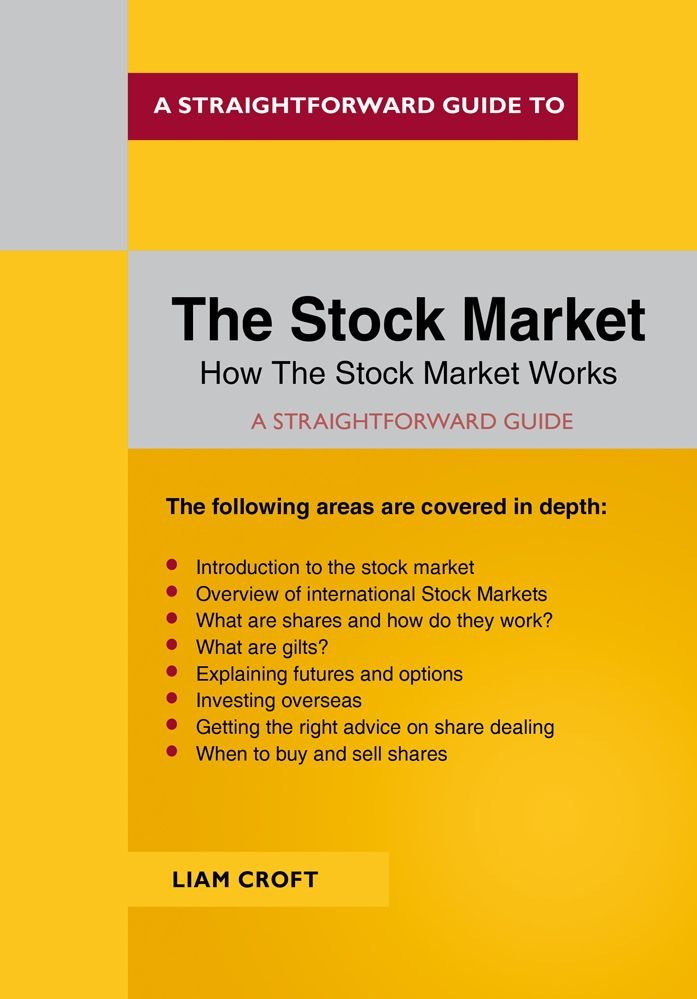Divestitures are of high managerial relevance at most corporations, independent of the degree of diversification, firm size, age and industry. The reasons for this are multiple: developments in the international M&A market, increasing dynamics in industry markets, capital market pressure, and the emergence of strong new types of investors. Despite their importance, divestiture decisions often seem to be made on a relatively unstructured and irrational basis and lack rigorous management routines, especially when compared to investments. Overall, corporations decide on divestitures either too late or not at all. This means that proceeds from divestitures in later life cycle stages of industry evolution tend to be significantly lower than they might have been. Economic and structural as well as strategic and managerial barriers are major reasons for the delay or even neglect of divestiture decisions. The scientific analysis of divestiture decision-making is in its very early stages. This study is a major step forward in the field. It demonstrates how divestiture decisions can be used as a strategic option to create value when they are approached in a proactive manner. Divestiture decision-making needs to be organized systematically to make this happen; this can be described comprehensively via three dimensions: actors, processes and supporting systems. Using comparative in-depth case analysis, Jan-Hendrik Sewing investigates divestiture decision-making at major international corporations, with a focus on behavioral issues. He derives patterns of decision-making, analyzes contextual factors influencing these patterns and formulates implications for managers.












